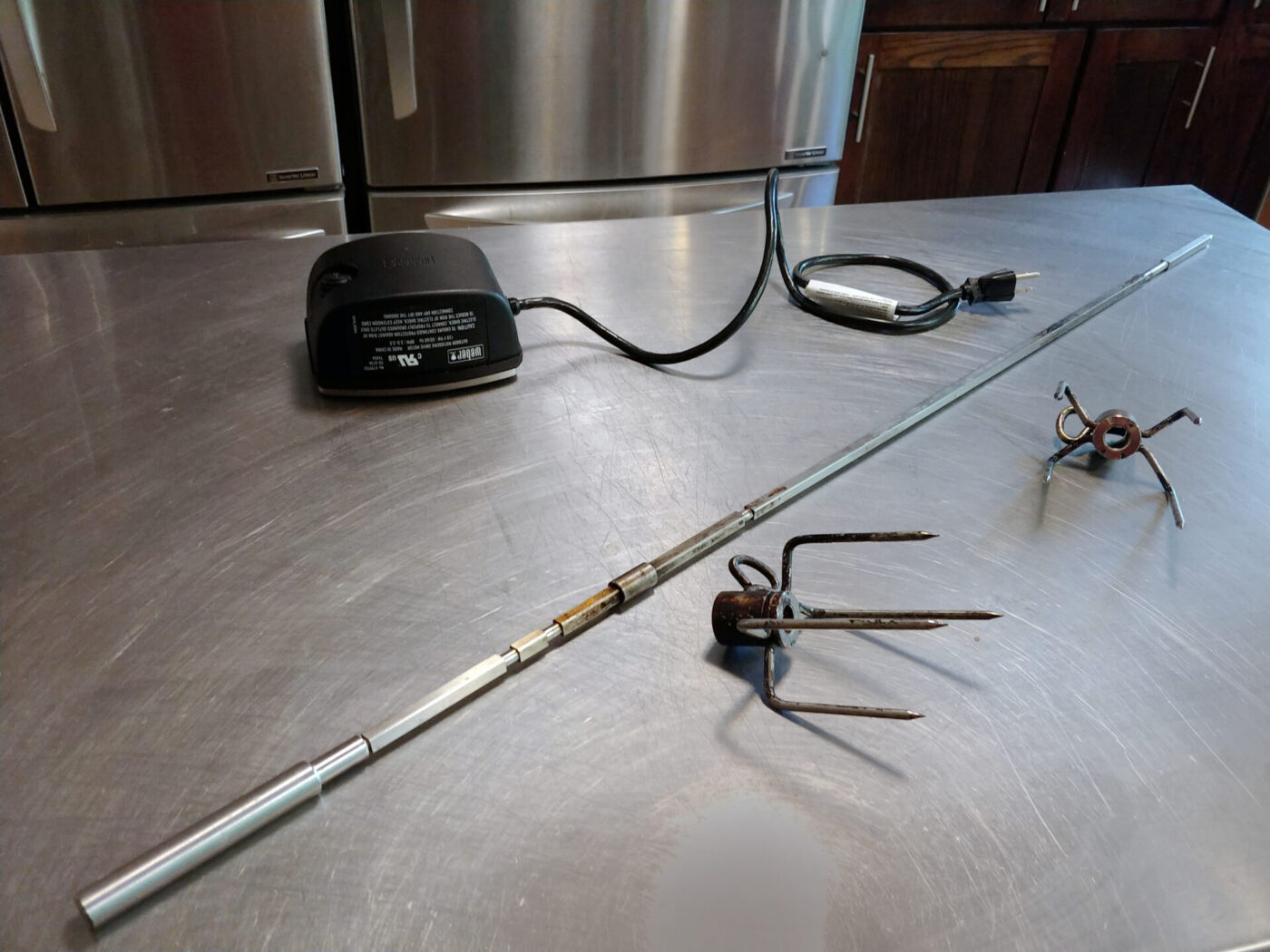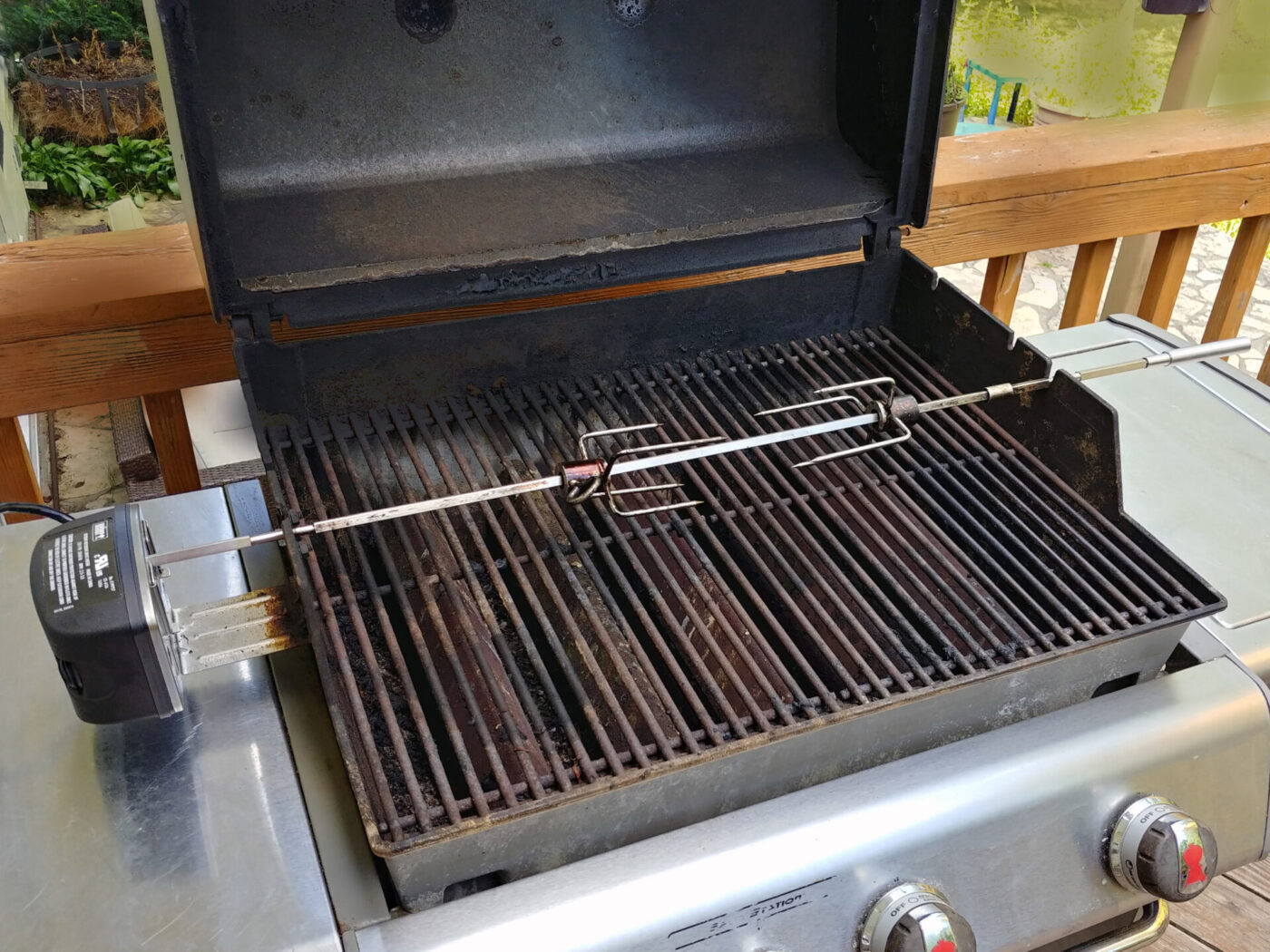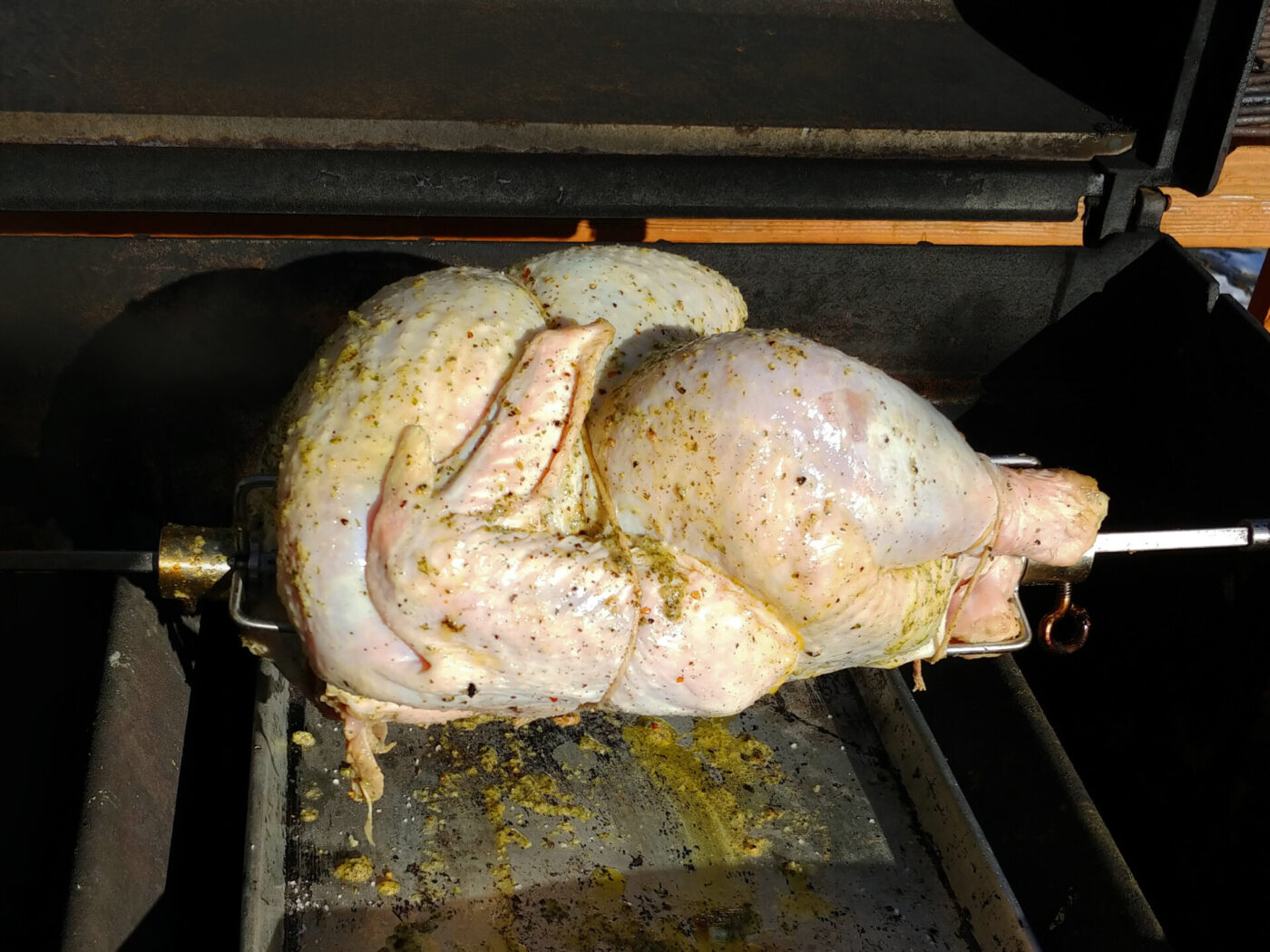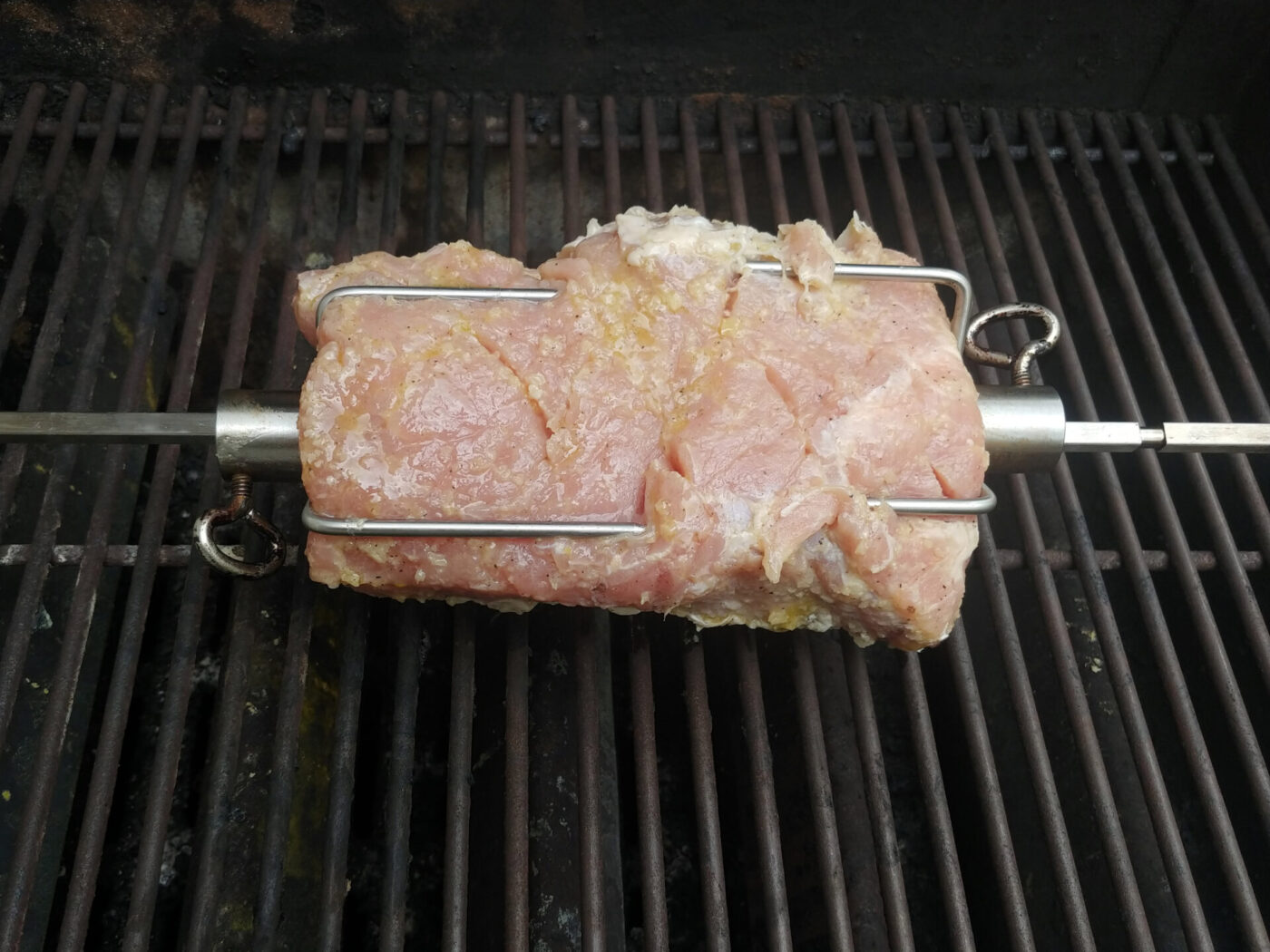Recommended and Safe Internal Temperatures of Meat and Fish
October 18, 2023Safe serving temperatures of meat are always a big question, and a lot of people worry about consuming raw or even undercook meat. Generally speaking, raw or undercooked meat increases the risk of foodborne illnesses. For this reason, a lot of people end up overcooking meat instead of risking it. The USDA provide us with safe minimum internal temperatures for all kinds of meat and fish that define the minimum internal temperature as measured with a food thermometer in the thickest point.





Share
Click on the icons below to share "Title of the item to share"